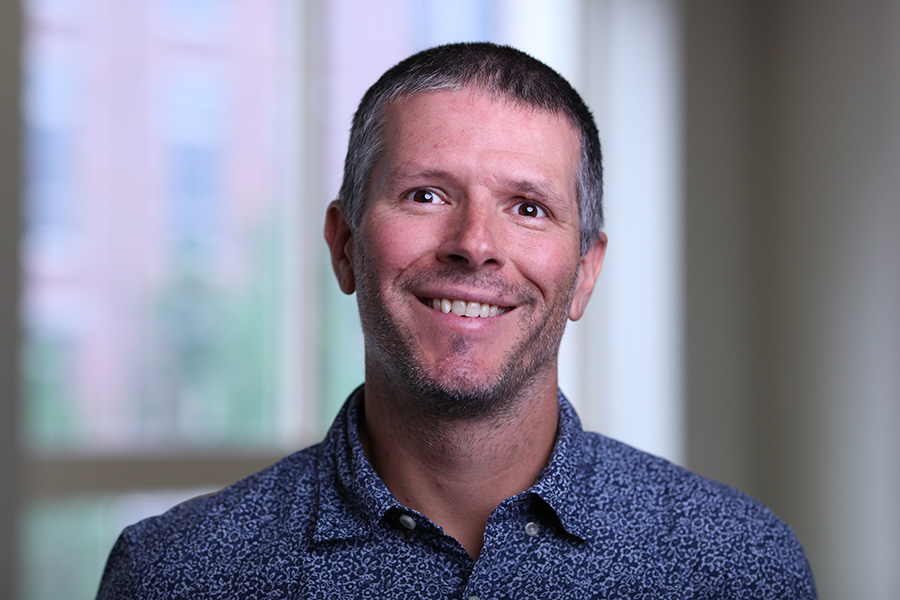Chris Martin
check Recruiting a graduate student for Fall of 2026

Education
Ph.D., The University of Western Ontario, 2015
Lab Description
The Martin Memory Lab explores the cognitive neuroscience of human memory. The lab's goal is to develop a deeper understanding of the cognitive and neural bases of human memory. To this end, researchers use fMRI, EEG, eye tracking, motion tracking, and cognitive behavioral experiments to measure brain activity and behavioral expressions of long-term memory. They also explores how memory relates to other aspects of cognition (e.g., perception, decision making, motor control), how it changes across the lifespan, and how it can be enhanced to promote graceful aging. The lab answers these questions in research conducted with cognitively healthy participants and in individuals with memory disorders.
Martin, C.B., Hong, B., Newsome, R.N., Savel, K., Meade, M., Xia, A., Honey, C.J. & Barense, M.D. (2022). A smartphone intervention that enhances real-world memory and promotes differentiation of hippocampal activity in older adults. PsyArXiv. https://doi.org/10.31234/osf.io/2fwup
Douglas, D.M., Man, L.Y., Newsome, R.N., Park, H., Aslam, H.M., Barense, M.D. & Martin, C.B. (2019). Resolving visual and conceptual interference among object concepts requires medial temporal lobe cortex. PsyArXiv. https://doi.org/10.31234/osf.io/d68jt
Ferko, K.M., Blumenthal, A., Martin, C.B., Proklova, D., Saksida, L.M., Bussey, T.J., Khan, A.R., & Kӧhler, S. (2022). Activity in perirhinal and entorhinal cortex predicts observer-specific perceived visual similarities between objects. eLife 11:e66884. https://doi.org/10.7554/eLife.66884
Kӧhler, S., & Martin, C.B. (2020). Familiarity impairments after anterior temporal-lobe resection with hippocampal sparing: Lessons learned from case NB. Neuropsychologia, 138, 107339. https://doi.org/10.1016/j.neuropsychologia.2020.107339
Martin, C.B., Douglas, D., Newsome, R.N., Man, L.L.Y., & Barense, M.D. (2018). Integrative and distinctive coding of visual and conceptual object features in the ventral visual stream. eLife 7: e31873. https://doi.org/10.7554/eLife.31873
Martin, C.B., Sullivan, J., Wright, J., & Kӧhler, S. (2018). How landmark suitability shapes recognition memory signals for objects in the medial temporal lobes. NeuroImage, 166, 425-436. https://doi.org/10.1016/j.neuroimage.2017.11.004
Martin, C.B., Cowell, R.A., Gribble, P.L., Wright, J., & Kӧhler, S. (2016). Distributed category-specific recognition memory signals in perirhinal cortex. Hippocampus, 26(4), 423-436. https://doi.org/10.1002/hipo.22531
Martin, C.B., McLean, D.A., O’Neil, E.O., & Kӧhler, S. (2013). Distinct familiarity-based response patterns for faces and buildings in perirhinal and parahippocampal cortex. Journal of Neuroscience, 33(26), 10915-10923. https://doi.org/10.1523/JNEUROSCI.0126-13.2013
Undergraduate Research
Explore the Directed Individual Study (DIS) opportunities below or learn more.

